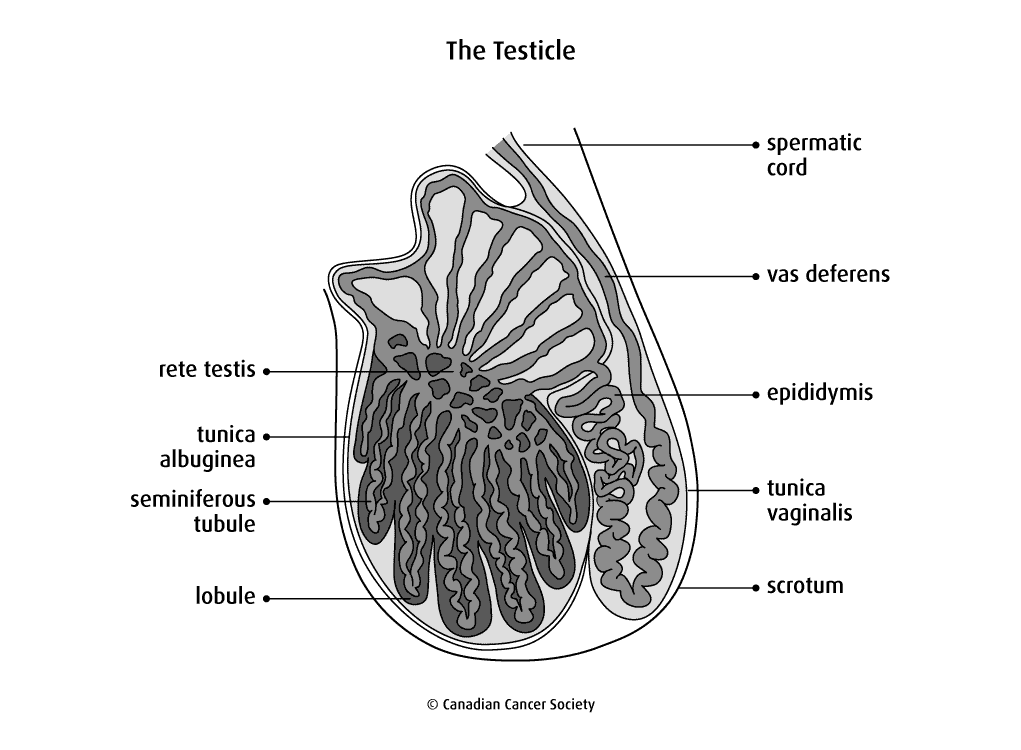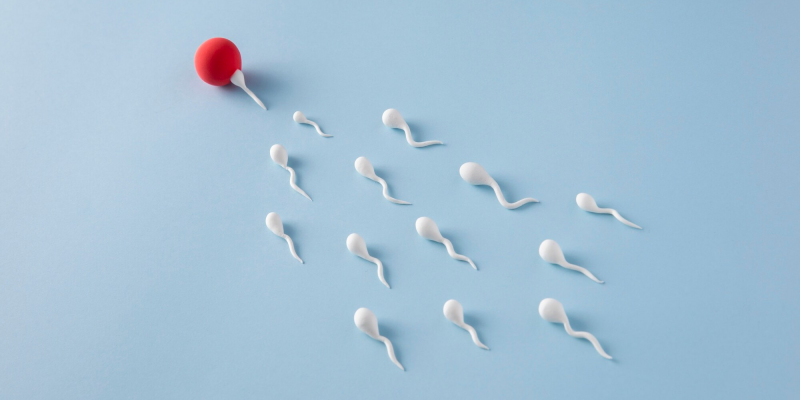The testes are a pair of oval-shaped organs located behind the penis and are enclosed within a pouch of skin called the scrotum. As a vital component of the male reproductive system, the testis play crucial roles in both hormone production and reproduction. Although not directly visible due to the scrotal covering, their functions are […]
The testes are a pair of oval-shaped organs located behind the penis and are enclosed within a pouch of skin called the scrotum. As a vital component of the male reproductive system, the testis play crucial roles in both hormone production and reproduction. Although not directly visible due to the scrotal covering, their functions are essential for male fertility and overall health.
Testicular development begins during early puberty, typically between the ages of 10 and 13. On average, each testis measures about 5 cm in length. As the testes grow, noticeable changes occur in the scrotum — it becomes darker in color, more pendulous, and starts developing pubic hair.
Before diving into the functions of the testes, let’s first explore their anatomical structure.
Anatomy of the Testes
The testes have a complex internal structure that enables them to carry out their biological roles efficiently. Here are the key anatomical components:

1. Seminiferous Tubules
The seminiferous tubules are tightly coiled structures that make up the bulk of the testes. These tubules are the actual site of spermatogenesis (the production of sperm). Lined with germ cells and supporting Sertoli cells, the tubules also help regulate the production of testosterone via the surrounding interstitial (Leydig) cells.
2. Rete Testis
Once sperm is produced in the seminiferous tubules, it is transported to the rete testis, a network of tubules that connect to the epididymis. As sperm passes through the rete testis, it mixes with fluid secreted by the Sertoli cells. The microvilli (tiny hair-like projections) in this region assist in the movement of sperm through the ducts.
3. Efferent Ductules (Ductuli Efferentes)
These ductules serve as channels connecting the rete testis to the epididymis. During transit, some fluid is reabsorbed, helping to concentrate and mature the sperm before storage in the epididymis.
4. Tunica (Protective Layers of the Testes)
The testes are covered by three protective layers collectively referred to as the tunica:
- Tunica Vasculosa: The innermost layer containing a network of blood vessels that supply the testicular tissue.
- Tunica Albuginea: A dense, fibrous layer that provides structural support and protection.
- Tunica Vaginalis: The outermost serous membrane, derived from the peritoneum, consisting of three parts — the visceral layer, cavum vaginalis (space), and parietal layer.
Functions of the Testis
The testis have two primary functions vital to male reproductive health:

Image Source: Freepik
1. Sperm Production
The primary function of the testes is to produce sperm cells, which are necessary for fertilizing the female ovum. The testes can produce approximately 200,000 sperm per minute, making them central to male fertility.

Image Source: Freepik
2. Hormone Production
The testes are also responsible for producing androgens, primarily testosterone. This hormone is essential for the development and maintenance of male reproductive tissues, sexual function, and secondary sexual characteristics such as facial hair growth and deepening of the voice. A healthy adult male produces around 6 milligrams of testosterone per day, though levels gradually decline after the age of 30.
Read more: 6 Testosterone-Booster Foods You Must Know
Maintaining Testicular Health
Given the crucial role of the testes, maintaining their health is essential. Some ways to support testicular health include:
- Practicing proper hygiene
- Engaging in regular physical activity
- Consuming a balanced and nutritious diet
Additionally, the temperature of the testes must be approximately 2°C lower than core body temperature to ensure optimal sperm production. This temperature regulation is one reason why the testes are located outside the abdominal cavity within the scrotum.




